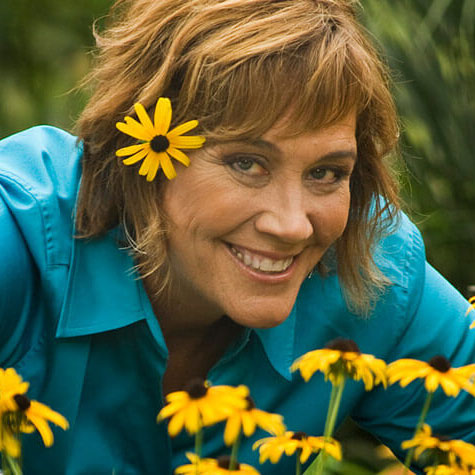
Melinda's Garden Moment Video

Melinda Myers
Nationally known gardening expert, TV/Radio host, author & columnist with over 30 years of horticulture experience and tons of gardening information to share! www.melindamyers.comMelinda's Garden Moment videos will help you create that beautiful landscape you’ve always wanted. Each week throughout the growing season, a new gardening video will be added right here, so be sure to stop back. You can also watch Melinda’s Garden Moments on your local network TV station affiliate.
Core Aerating the Lawn
Give your lawn a boost by core aerating away problems like compacted soil and thatch.
Identify a thatch problem by using a knife to dig into the sod and check for the brown layer of partially decomposed grass known as thatch. If it is more than inch thick it is time to core aerate.
Heavily used lawns and those growing on clay soils are likely to be compacted. Dig down about 6 inches. If the grass roots only extend down about an inch or two, the soil is probably compacted and would benefit from core aeration.
Make your job easier and get better results by watering your lawn a couple of days before aerating.
Rent a machine or hire a professional for this task. The core aerator creates openings in the turf allowing air and water to reach the soil and grass roots.
Run the aerator in two directions and leave the cores lay on the lawn. Once complete you can fertilize and even over seed thin or sparse lawns.
A bit more information: Prevent thatch problems with proper care. Avoid excess fertilization, especially in spring, that encourages lush dense growth that is more likely to develop thatch. Limit or better yet eliminate use of pesticides that impact the micro-organisms and earthworms that help decompose the thatch layer. Mow your lawn regularly removing only one third the total height of the grass. This is better for the health of the lawn and the shorter clippings break down quickly adding nutrients, moisture and organic matter to the soil.